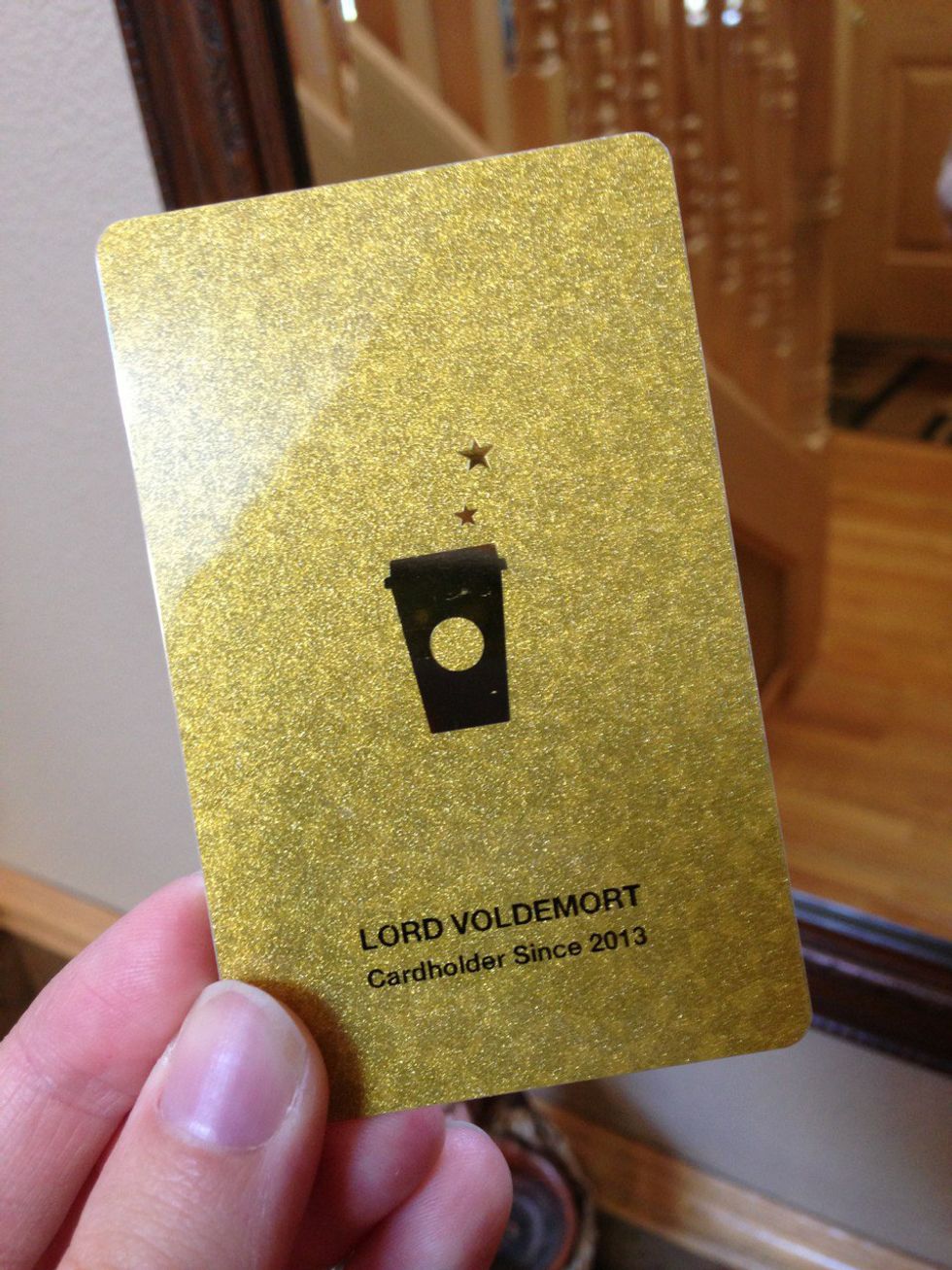In the age of digital communication through the visual medium, we've been given many platforms with which to talk to friends and family. There's the classic Skype that's been around since 2003, connecting us to others through not only video but also chat and calling. One of Skype's rivals is Google Hangouts, which is much the same concept but with a different layout. Really, the only difference is which one is functioning better for you at the time.
A classic form of video messaging is FaceTime, Apple's form of video communication across all of their devices. Want to talk to your mom across the country once you've gone off to college? So long as you both have a device made by Apple, you can video chat as simply as you could make a phone call.
It isn't just video chatting that connects us, however. We can feel connected to someone far away from us with something as simple as a photograph. A message through a picture, seeing what that person was doing in that moment. That was the concept behind Snapchat, an app created in 2011. It was simple at its core; send a picture to a friend (perhaps with text or a silly doodle on it) and after up to 10 seconds, that photo disappeared, forever.
Snapchat grew and developed, however, as any app does. Soon you could send your friends videos of up to 10 seconds long, though in the same way, they would vanish as soon as they were viewed. For some reason, there was a certain mass appeal in that side of the app. The next feature of communication was chat, and, you guessed it, as soon as you were no longer looking at it your messages were gone in a flash.
Possibly the most fascinating part of Snapchat to date, however, is their "Stories" feature. Unlike the typical vanishing act that most snaps perform, a user can choose to add a picture or video to their personal "story," and it will remain there to be viewed for 24 hours. It is a way to, say, document your day instead of just sending a friend a silly face or a quick update.
Snapchat has only grown with its addition of entertaining filters, access to news through snaps, and more. It is not only apparent by looking at the app itself, but by looking at updates similar apps have made. Facebook Messenger recently implemented the idea of giving each user a unique "code" similar to a bar code that can be used to quickly and conveniently start a conversation with another user. This, however, was already being done with Snap Codes, the little yellow squares users can take a picture of to add a friend on Snapchat.
The week of August 5th, 2016 could be considered historic in the world of digital media, however, because of a single Instagram update. The photo posting app formerly known for its aesthetically pleasing filters did something that took many users by storm: adding the new feature known as "Instagram Stories." Not only did this sound eerily similar to Snapchat's Story feature it was, upon use, exactly the same.
Instagram Stories, unsurprisingly, go away after 24 hours. You can take either a video or a photo, and you can add text or draw on it. You can view who has seen your story (one of Snapchat's newer features). It's not just uncanny what Instagram has done, it's near plagiarism.
How did they get by with it? I think it's just different enough to be considered unique to Instagram, but to those who use both Instagram and Snapchat, it is really just a disappointment. Many Instagram users have used the new story feature to promote their Snapchat, because it came first and is therefore the preferred and familiar platform. Others have used it to call out Instagram for being lazy and not creating their own new and unique feature. Either way, it seems obvious that Instagram Stories is not a successful addition to the app.

















